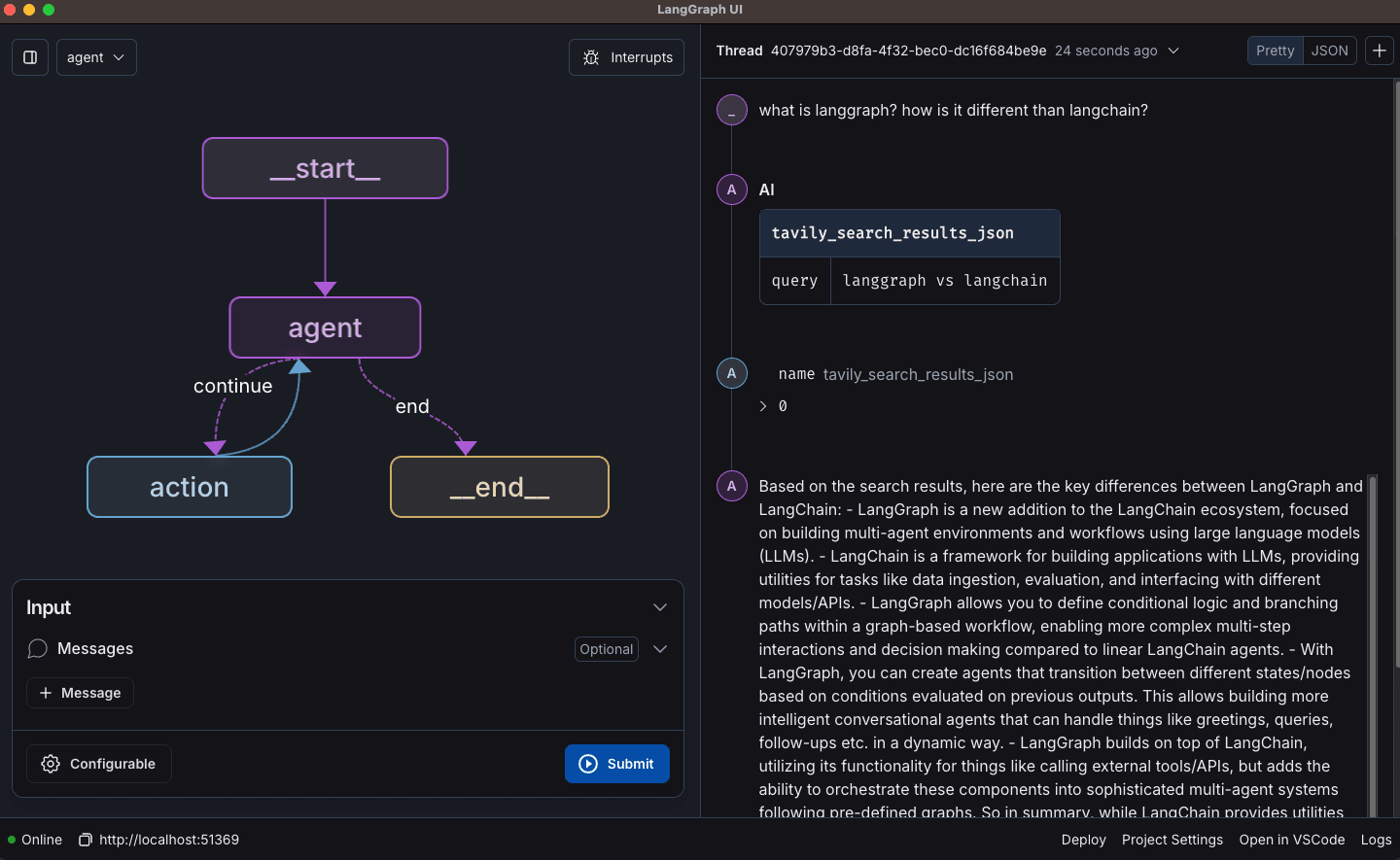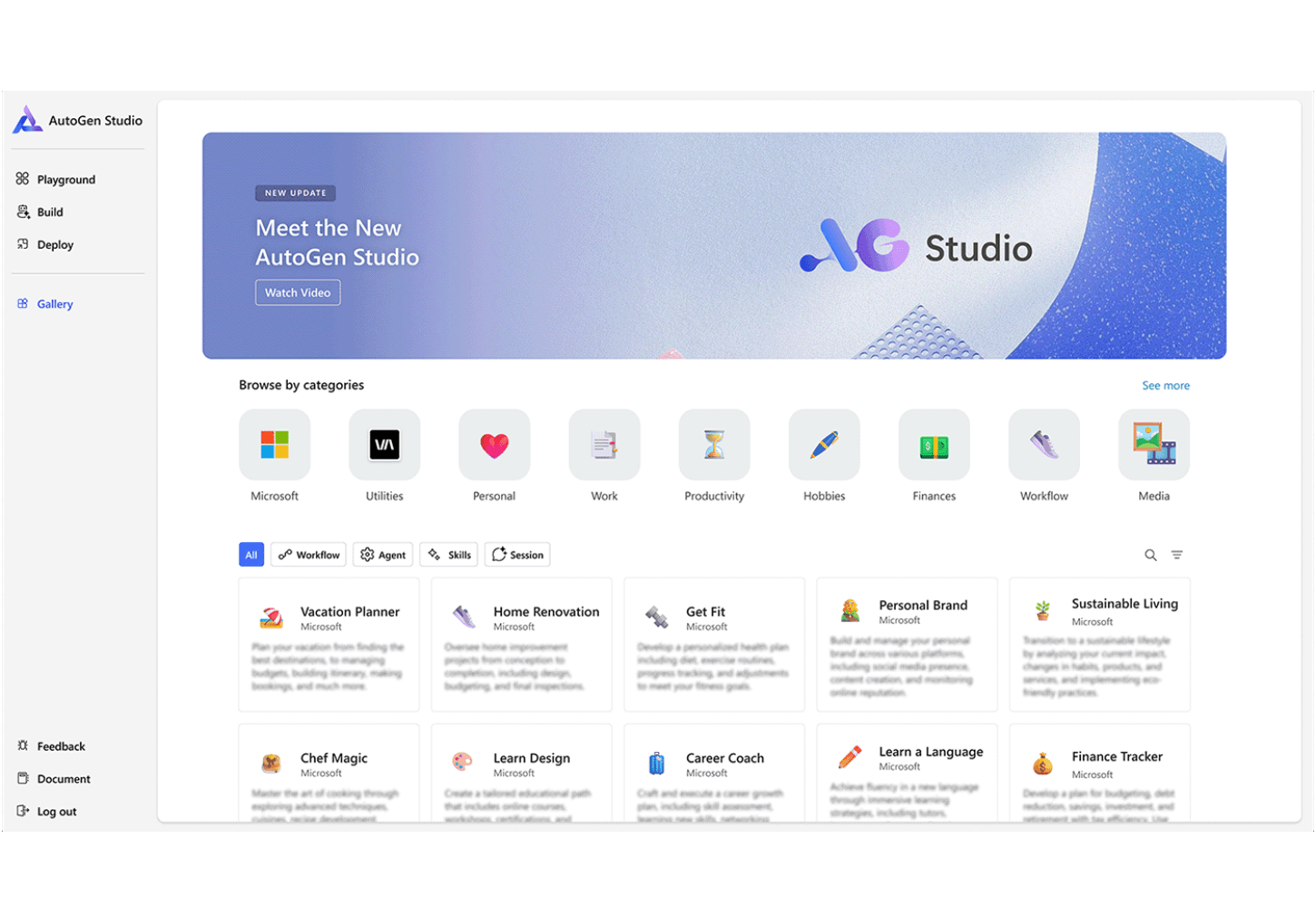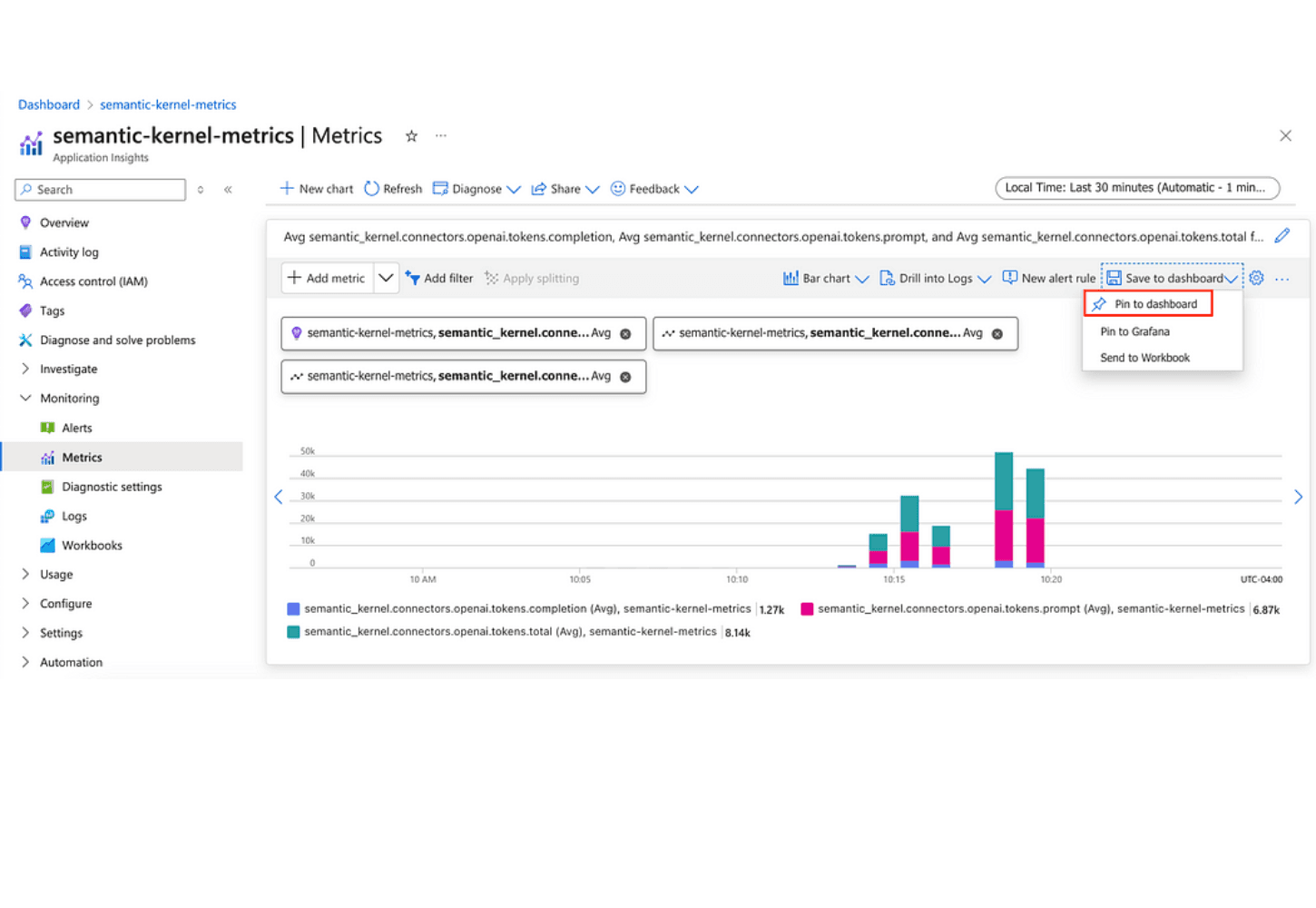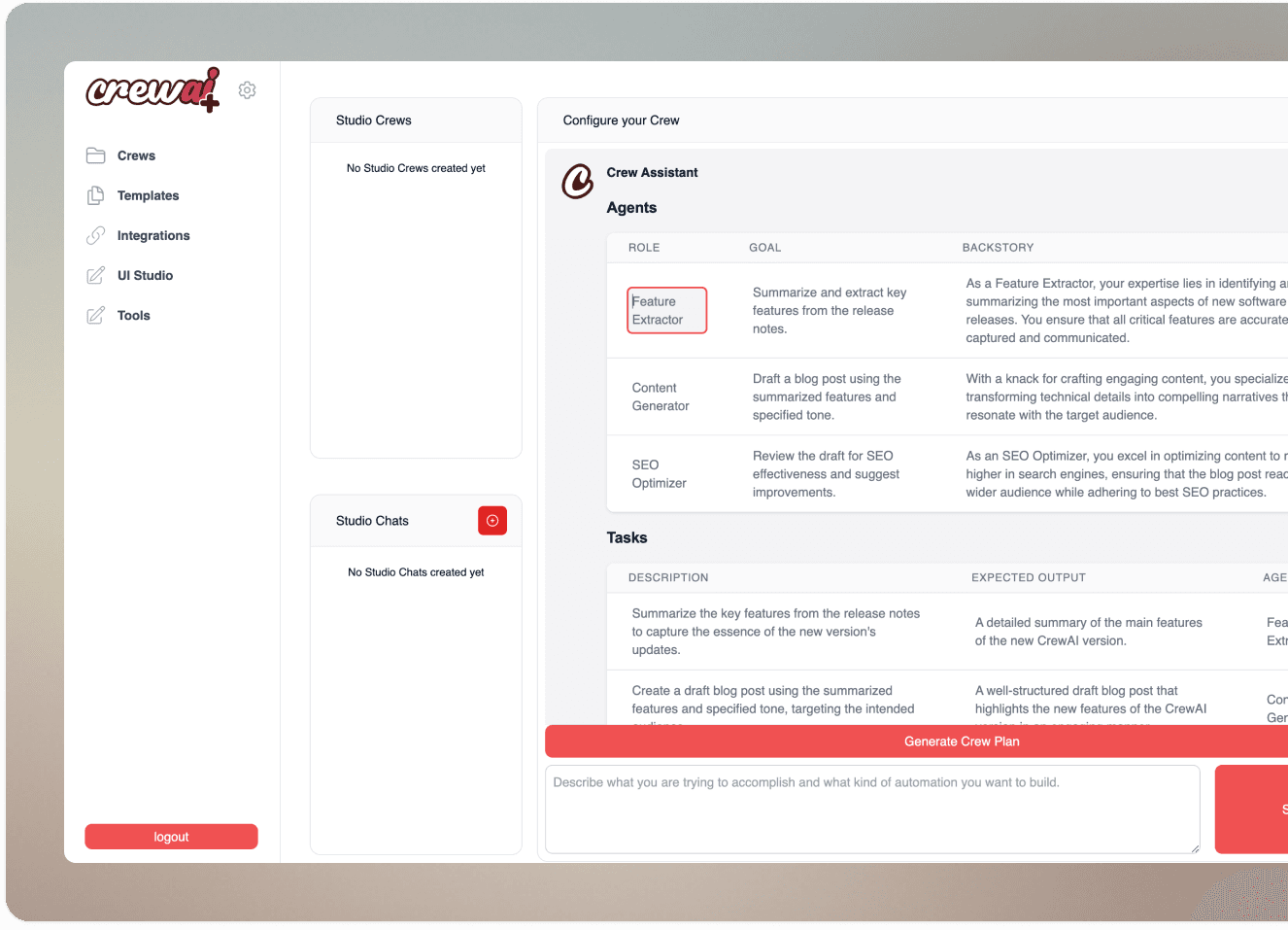What Are AI Agent Frameworks?
AI agent frameworks are software libraries or platforms that support the development, deployment, and management of intelligent agents. These agents can autonomously perceive their environment, make decisions, and perform tasks to achieve specific goals, often powered by machine learning, deep learning, or rule-based approaches.
Frameworks provide reusable tools and standardized components to simplify the creation of agents and their interactions with environments, reducing the need to build these capabilities from scratch.
AI agent frameworks handle a variety of complex tasks such as communication between agents, data processing, learning from environments, and action-taking based on goals and feedback. They offer abstractions for agents’ core functionalities—like perception, decision-making, and action.
In this article:
The Importance of AI Agent Frameworks {#the-importance-of-ai-agent-frameworks}
Developers and organizations often rely on AI agent frameworks to achieve the following advantages.
Accelerated Development
These frameworks provide pre-built components and follow best practices, which streamline the development process and significantly reduce the time and effort required to create advanced AI agents. This allows developers to focus on the agent’s core functionality rather than foundational coding.
Standardization
Frameworks promote consistent solutions to common challenges in AI development. This uniformity not only simplifies collaboration across teams but also fosters knowledge sharing within the AI community, creating a shared approach to problem-solving.
Innovation
Since frameworks handle many foundational aspects of AI agent development, they enable developers and researchers to focus their efforts on pushing the boundaries of AI capabilities. This focus on innovation drives progress in the field, allowing for the exploration of new ideas and applications.
Scalability
AI agent frameworks are designed to accommodate systems of varying complexity, from single-agent applications to intricate multi-agent environments. This built-in scalability ensures that developers can build and deploy AI systems that grow alongside their needs.
Accessibility
By abstracting away many complexities inherent to AI development, these frameworks make advanced AI techniques more accessible. This opens up AI development to a broader range of developers and researchers who may not have extensive expertise in AI-specific coding.
Key Components of AI Agent Frameworks {#key-components-of-ai-agent-frameworks}
An AI agent framework typically includes the following components:
Agent
The agent is the core entity within an AI agent framework, responsible for interacting with the surrounding environment. It can operate in a variety of ways, from simple rule-based systems to machine learning agents capable of adapting and improving over time.
An agent typically performs four key functions: perception, action, learning, and decision-making. It collects information about the environment, processes it, learns from the data to enhance future decisions, and selects appropriate actions to achieve its goals.
Environment
The environment is everything external to the agent that it interacts with. It can be a physical space, such as a room where a robot operates, a virtual domain, such as a game or simulation, or an online arena like a stock market. The environment defines the conditions under which the agent functions, and its complexity depends on the specific task or scenario being addressed.
AI agent frameworks often provide simulated environments for testing and training agents before real-world deployment. This allows agents to practice their responses to varying conditions, ensuring readiness for operational settings.
Perception and Human Feedback
Perception involves the agent gathering information from its environment through sensors, data feeds, or direct human input. This data is processed into a usable format for the agent to make decisions. Sensors like cameras and microphones provide real-time physical data, while external data sources such as stock market updates or weather conditions help inform the agent’s responses.
Human feedback plays a critical role in refining the agent’s perception capabilities, ensuring that its interpretations of the environment are accurate and aligned with human expectations. This iterative process helps improve the quality and reliability of the agent’s decisions.
Action
Action refers to the agent’s ability to affect its environment. Depending on its design, an agent may take physical actions through actuators like robotic arms, issue commands to external systems, or communicate with other agents or users.
The action component is tightly linked to the agent’s decision-making process, enabling it to carry out tasks based on the information it has gathered and analyzed. Whether interacting with a smart device, executing a command in software, or moving within a physical space, the agent’s actions are central to achieving the desired outcomes of the system.
Tips from the expert:
In my experience, here are tips that can help you better leverage AI agent frameworks:
Emphasize modular testing for reliability: When using frameworks like LangChain or Semantic Kernel, ensure to break down workflows into smaller, testable modules. This allows for early detection of issues and makes debugging in complex agent interactions much easier.
Optimize resource allocation with dynamic scaling: AI agents often encounter varied data loads. Frameworks with cloud integration (e.g., CrewAI) allow dynamic resource allocation. Implement auto-scaling to avoid over-provisioning and minimize latency.
Use human-in-the-loop to handle edge cases: Agents can struggle with unanticipated scenarios. Incorporate frameworks like LangGraph that support human oversight, so agents pause and ask for input when handling ambiguous decisions.
Integrate feedback loops for continuous improvement: Use feedback loops, either from human interaction or system telemetry, to iteratively refine agent performance. Tools like LangSmith's debugging suite help track errors and improve decision-making over time.
Consider cross-platform compatibility for deployment flexibility: When scaling applications, ensure the chosen framework supports various platforms (cloud and on-premises). CrewAI's multi-cloud support makes it a strong option for flexible deployments across environments.
Notable AI Agent Frameworks {#notable-ai-agent-frameworks}
1. LangChain
LangChain is an AI agent framework that focuses on building customizable, scalable, and reliable agent-based systems. It provides developers with tools and libraries for creating agents that can execute complex tasks via large language models (LLMs) like OpenAI’s GPT, Anthropic Claude and Meta LLaMA.
**License: **MIT
GitHub stars: 92K
Contributors: 3000+
Repo: https://github.com/langchain-ai/langchain
Features:
- Custom agent workflows: Supports custom agent and multi-agent workflows via LangGraph, offering human-in-the-loop control and native streaming for reliable execution.
- Plan-and-execute architecture: Includes several prompting strategies like plan-and-execute, critique revise, and self-ask to ensure agents perform optimally.
- Tool integration: Offers a library of pre-built tools and the ability to customize tools for specific tasks, improving agent functionality.
- LangSmith debugging: Provides explainability and debugging tools, including end-to-end trace observability, tool selection visibility, and performance tracking for agents.
- Collaborative agents: Supports workflows where multiple agents collaborate on a common goal, enhancing task execution efficiency.
Source: LangChain
2. LangGraph
LangGraph is a specialized framework for building stateful, multi-agent applications using large language models (LLMs). It offers fine-grained control over workflows and agent states, enabling the creation of advanced AI systems with features like cycles, persistence, and human-in-the-loop interactions.
License: MIT
GitHub stars: 1500+
Contributors: <10
Repo: https://github.com/langchain-ai/langgraph-studio
Features:
- Cycles and branching: Enables complex workflows with loops and conditionals, essential for agentic architectures.
- State persistence: Automatically saves the state at each step, allowing users to pause and resume execution, support error recovery, and manage human-in-the-loop workflows.
- Human-in-the-loop: Allows interruption of graph execution to review, approve, or edit an agent’s next action before proceeding.
- Streaming support: Offers real-time streaming of outputs from nodes, including token-level streaming, for immediate feedback during execution.
- Seamless integration: Works smoothly with LangChain and LangSmith for improved observability, but can also function independently of these tools.
3. Microsoft AutoGen
Microsoft AutoGen is an open-source multi-agent conversation framework to simplify the development of next-generation LLM applications. It provides a high-level abstraction for building workflows with multiple agents that collaborate, learn, and adapt over time.
License: CC-BY-4.0, MIT
GitHub stars: 30K+
Contributors: 300+
Repo: https://github.com/microsoft/autoge
Features:
- Multi-agent collaboration: Supports the creation of workflows where multiple agents with distinct roles collaborate to solve problems.
- Modular design: Allows developers to define reusable agents with specialized capabilities and interaction behaviors, simplifying the construction of complex systems.
- Human proxy agent: Enables the integration of human feedback at various stages, ensuring better alignment with user goals and improving the system’s adaptability.
- Tool usage via code generation: Supports native tool usage by enabling agents to generate and execute code dynamically, expanding their functional capabilities.
- LLM flexibility: Agents can be powered by different LLM configurations, offering flexibility in how language models are utilized in workflows.
Source: Microsoft
4. Semantic Kernel
Semantic Kernel is a lightweight, open-source development kit that enables developers to integrate AI models into their existing C#, Python, or Java applications. Acting as middleware, Semantic Kernel helps automate business processes and allows developers to create AI agents that interact with their codebase efficiently.
License: MIT
GitHub stars: 20K+
Contributors: 300+
Repo: https://github.com/microsoft/semantic-kernel
Features:
- Enterprise-ready: Ensures responsible AI deployment with built-in telemetry, security filters, and hooks, supporting large-scale applications.
- Automates business processes: Combines AI models with existing APIs to execute business functions, acting as middleware that translates model requests into function calls.
- Modular and extensible: Allows developers to add their code as plugins, easily connecting AI services and enabling flexible integration through OpenAPI specifications.
- Future-proof design: Supports smooth integration with new AI models without requiring significant changes to the existing codebase, ensuring adaptability to evolving technologies.
- Multi-language support: Compatible with C#, Python, and Java, ensuring a reliable and flexible development experience across different programming environments.
Source: Microsoft
5. CrewAI
CrewAI is a multi-agent platform that simplifies workflows across industries by leveraging AI agents for automation. It allows users to build and deploy automated workflows using any large language model (LLM) and cloud platform.
License: MIT
GitHub stars: ~20K
Contributors: 100+
Repo: https://github.com/crewAIInc/crewAI
Features:
- Fast and flexible workflow building: Through the framework or no-code UI Studio, supports quickly creating multi-agent automations, with options for coding from scratch or using ready-made templates.
- Scalable deployment: Deployable on any cloud platform, supporting self-hosted and local options.
- App integration: Easily integrates with existing apps and systems, helping teams automate processes without the need for coding expertise.
- Human-in-the-loop: Helps incorporate human oversight through AI agent management, ensuring feedback and control throughout automation workflows.
- Visibility and analytics: Helps track agent performance, efficiency, and return on investment (ROI) with detailed insights, enabling continuous optimization of automated processes.
Source: CrewAI
Choosing the Right AI Agent Framework {#choosing-the-right-ai-agent-framework}
When evaluating frameworks, it is useful to consider the following aspects.
Performance
Performance considerations include the framework’s ability to efficiently manage computational resources, latency in decision-making, and the speed of task execution. Frameworks with distributed processing capabilities or cloud integration can better handle high volumes of data and complex operations, ensuring the system remains responsive under increased load.
For example, frameworks like LangChain and CrewAI support scalable cloud deployments, allowing developers to allocate resources dynamically. Additionally, some frameworks provide optimizations for specific tasks, such as Microsoft AutoGen’s conversation-based workflows.
Customizability
Customizability allows developers to modify workflows, integrate specialized tools, or define unique agent behaviors. Some frameworks, like LangGraph, offer advanced control over agent states and workflows, including features like cycles, branching, and human-in-the-loop interactions, enabling the creation of complex, long-running applications.
Frameworks with modular designs, such as Microsoft AutoGen and Semantic Kernel, make it easy to customize agent roles and behaviors, allowing developers to define agents with distinct functions. The ability to integrate external libraries or create custom tools, as seen in LangChain and CrewAI, makes the framework more adaptable to varied use cases.
Programming Language
Compatibility with the developer’s preferred programming language is a key consideration when selecting an AI agent framework. Some frameworks, like Semantic Kernel, offer multi-language support (e.g., C#, Python, Java), making them suitable across different programming environments.
Others are primarily optimized for one language, such as LangChain, which focuses on Python. Choosing a framework that aligns with the project’s existing tech stack can simplify integration and reduce development time. Developers should also consider whether the framework’s language support includes up-to-date libraries, community contributions, and relevant APIs.
Community Support
Frameworks with active user bases, comprehensive documentation, and frequent updates are more likely to be reliable and future-proof. For example, LangChain and Semantic Kernel both benefit from strong communities and corporate backing, ensuring that developers have access to resources, tutorials, and support channels.
An engaged community also means that issues are more likely to be resolved quickly, and new features or integrations can be developed in response to emerging needs. Developers should assess the level of community engagement and the frequency of updates when choosing a framework, as these factors contribute to long-term sustainability and ease of use.
Building AI Agents with Acorn
To see what you can start building today with GPTScript, visit our docs at https://gptscript-ai.github.io/knowledge/. For a great example of a code interpreter at work using GPTScript, check out our tutorial series on GPTReview: An AI Based Code Reviewer.








